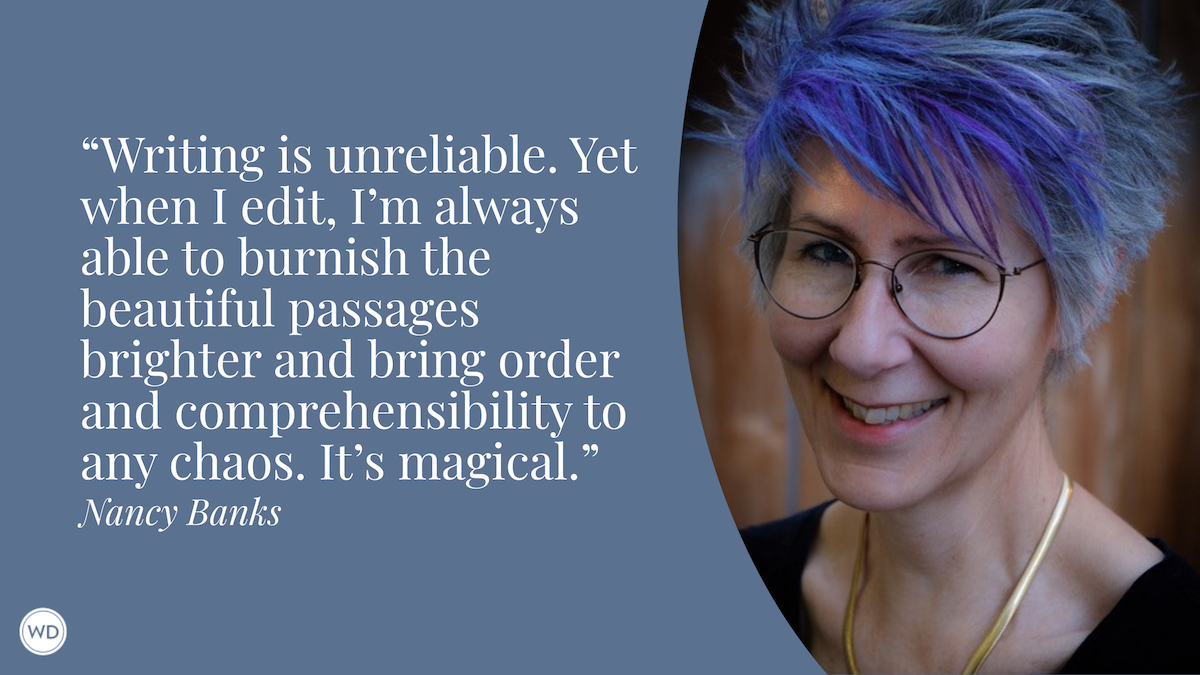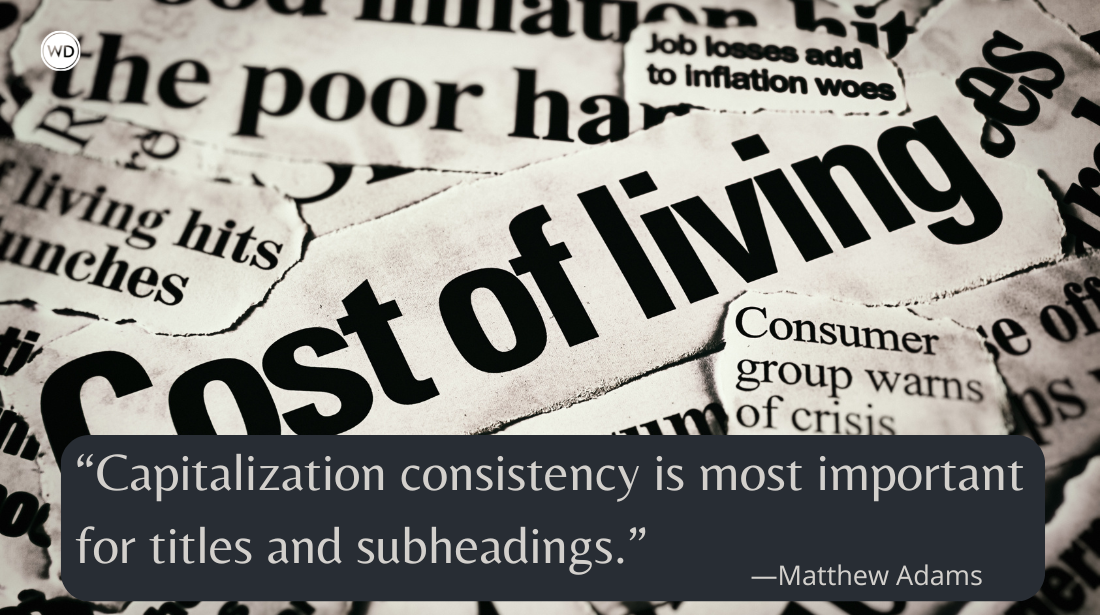6 Tips for Writing a Great Police Procedural
There’s much more to a great police procedural than just getting the procedures right. Here, Carrie Smith shares her secrets.
There’s usually at least one confession in a police procedural, so let me start this column with mine. I’m not a police officer, and I’ve never been one. But that hasn’t stopped me from writing three novels starring NYPD Detective Claire Codella. Each book in my series, including the latest, Unholy City, has presented unique procedural challenges that required considerable research. But what I’ve learned in the process is that there’s much more to a great police procedural than just getting the procedures right.
6 Tips for Writing a Great Police Procedural
Readers of Police Procedurals Have Certain Expectations
Readers want to match wits with your detective. They’re betting they can identify the murderer before your police detective does. Give them a fighting chance. It’s very important that you introduce the body and all the key suspects—killer included—in the first third of the book. Provide clues, but don’t let the investigation be too straightforward. You need red herrings—but they shouldn’t be gratuitous dead ends. They should indirectly move the plot forward. And as you reach the end, make sure your detective solves the crime in a surprising and dramatic way. While readers feel accomplished if they guess the killer, they’re far more satisfied—and likely to read your next book—if you outwit them cleverly. Oh, and tie up your loose ends. Because if you don’t, your readers will let you know.
Accurate Police Procedure is Paramount
Many first-rate procedurals are written by authors with no law enforcement on their resumés. But you have to do your research. Most large police departments have a liaison unit that will answer your questions. Many departments will also arrange for you to “ride-along” with on-duty police officers. I’ve spent hours viewing YouTube autopsies and reading college textbooks on crime scene procedures and forensic science. But keep in mind that forensic details aren’t the heartbeat of the procedural novel. Readers turn the pages to experience the face-to-face interaction between suspects and a detective hell-bent on finding a killer.
Your Detective’s Backstory Matters
Michael Connelly’s Detective Harry Bosch has such a rich back story that he has his own Wikipedia entry. So does P.D. James’s Adam Dalgliesh. Neither of these masters of the genre forgot that their detectives need to be three-dimensional characters who evolve within and between books. Give your detective a compelling backstory that you can build on. In my first book, Silent City, Detective Codella is coming back from her battle with cancer. In Forgotten City, a case forces her to confront her own violent childhood. Readers want more than plot. They want characters they can care about and connect with. But keep a careful balance. Too much back story and your book won’t move at a satisfying pace. Too little back story, and it won’t have the emotional impact that makes readers want the next episode.
Setting Is As Important As Character
Deborah Crombie’s readers get to prowl the streets of London. Louise Penny’s readers experience the sleepy village of Three Pines near Quebec. P.D. James takes readers to remote islands and villages on the English coast. In a procedural, setting is as integral to the plot as the characters. Choose a setting you know you can bring to life—and one you won’t mind revisiting if you’re planning a series. Give readers an insider’s view of a world they don’t know. Make it a place that matters to the crime story you tell.
Pick Your Points of View with Care
It’s almost impossible to construct a complex crime plot told from one set perspective. Think about who is telling your story. Most (but certainly not all) police procedurals have multiple points of view that allow the reader to know things the detective may not. But don’t get carried away. Too many shifting perspectives confuse readers. In my first procedural, I was a little too ambitious and had to eliminate a few perspectives during the editing process. It’s not necessary to be in every character’s head. Many important characters can be revealed through well-crafted dialogue and a narrator’s observations. Choose carefully.
Write recursively, and don’t be afraid to change things.
Crime fiction is plot-driven. But that doesn’t mean writers always know exactly where they’re going. Along the way, your characters may assert themselves and force you into directions you didn’t anticipate. Sometimes your perfect plot no longer seems so perfect. You may even realize (as I have in two consecutive books) that the character you thought was the killer isn’t the killer after all. Be open to these possibilities. Writing a good procedural isn’t easy. At a certain point, you are manipulating so many threads that you can feel tangled in them. Accept this as part of the process. When it happens to me, I go back to the beginning. I reread. I trust my gut, and I lay some new tracks. And if all else fails, I do something else—cook, take a shower, watch “Ancient Aliens”—and try to free my mind. Remember, like your detective, you need perspective. The solution will come.
Carrie Smith is the author of Unholy City, the latest Detective Claire Codella mystery (Nov. 7, 2017; Crooked Lane Books). Her previous books are Silent City, Forgotten City (Silver Falchion Finalist), and the literary novel Forget Harry. She is the recipient of three Hopwood Awards from the University of Michigan, a fellowship at the Fine Arts Work Center in Provincetown, and Killer Nashville’s Readers’ Choice Award. Carrie is also senior vice president and publisher of Benchmark Education Company, a literacy publisher. She lives on the Upper West Side of Manhattan. You can find her online at CarrieSmith.nyc and @carriesmithnyc.









